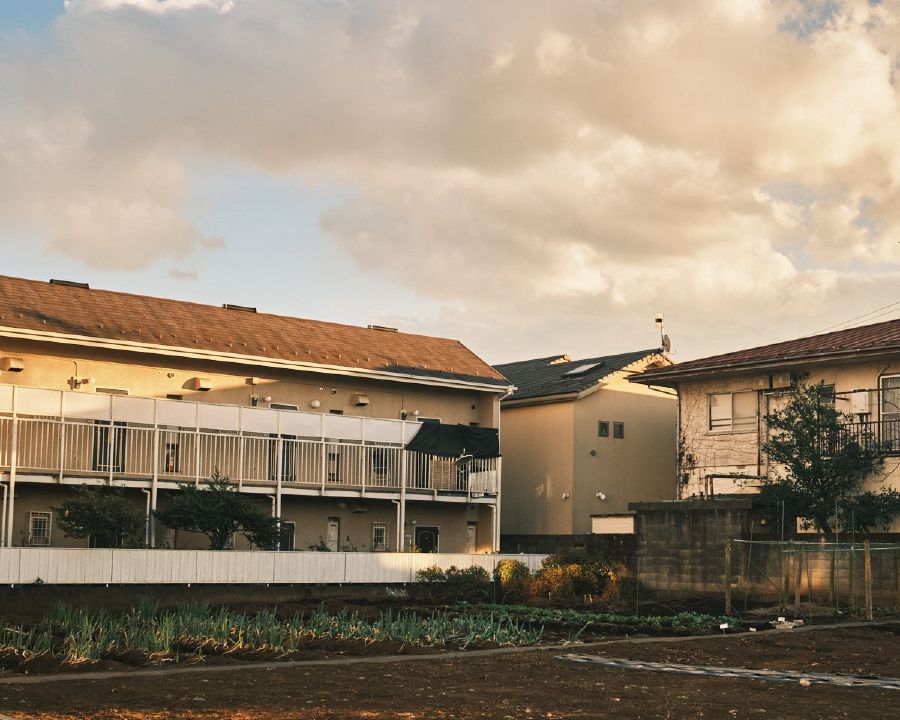George Saunders’ has a newsletter Substack called Story Club. It’s fantastic. It’s a newsletter + comments version of his latest book A Swim in a Pond in the Rain. Where he writes about writing and breaking down stories. It’s great from a readers and writers perspective because it provides a “human way” of analyzing a story. Not necessarily diving too deep into themes or symbolism. Maybe taking time to recognize and analyze patterns. Simply reading some short stories section by section. Just being aware of what you noticed about what has been revealed to you so far. Identifying what propels you forward as reader. What promises does the writer give the reader, and how do they deliver the promise. When the author brakes their patterns to mention a detail, how does that detail become important?
When you’re on the writer side of things, writing can be a daunting task. The existence of anything is at the mercy of your keystrokes. It’s easy to look at things broadly and get paralyzed by the possibilities. Or you delay progressing the story by filling in every single detail of every person, plant, sound, and fart. I found George’s 200-50 writing exercise brilliant in many ways. The rules are:
- Set a timer for 45 minutes.
- Write an exactly 200 word story (not 199, not 201).
- You can use up to 50 unique words.
Additionally from George: “the point is not to overwrite and cut back…rather, write “up to” the 200 words.”
This is a fun exercise in many ways. One, you have insane restrictions. Exactly 200 words? Only 50 unique words!? You can’t expect it to read like a normal story. It gives you a premise that you can’t let yourself take it too seriously. You have to have fun with it. If you tend to overwrite things, it forces you to cut back. And since you’re writing trying to write a story, you have a “forcing function” to have something happen in those 200 words. With the 50 unique word and time limitations, they keeps you from getting too stuck inside your head. You’re busy managing your words. You have to get write and see what you uncover. But the challenge also becomes a puzzle along the way. You have to see how you can move a story along with the pieces you’ve given yourself.
I really love the concept of the exercise. I had a free weekend a few weeks ago and made a simple webpage for this exercise. It keeps track of the 45 minute timer and (unique) word counts. Admittedly, keeping track of those counts for you removes a part of the challenge, but I find writing words to a page challenging enough. Maybe try doing it within 30 minutes instead of 45 if you’re using the website?
Here’s my goofy attempt at the challenge:
“What were the chords again?” the guitarist was lost.
“Key of A minor, one, three, five.” the ace pianist said flatly.
“What? one, three, five?” the guitarist was… lost.
“You do not know?”
“Know what?”
“How the numbers work.”
The guitarist played A chord flatly.
“What do numbers have to do with chords? I know five chords.”
The pianist was lost for words. How do you not know. It is easy.
“I have played a lot, I just play with what I know. Five chords.”
“Five chords?” said flatly.
“Five”
How are you here?
“I do not need more chords.”
“I was not worried about the chords before. Do you know how the numbers work?”
“I do not.”
The pianist played a chord or three.
“The numbers are chords. You know the key and numbers, you know the chords. It is easy.”
“What are the chords for key of A minor?”
“ace. one three five. "
“I know the chords! Easy!” the guitarist was not lost. Played three chords flatly.
The pianist was worried. “The key is not just the numbers. You played the chords flatly.”
“I know. I play what I know. I play five chords.” the guitarist continued flatly.

When I think about constraints in the computing space, there’s a few projects such as Pico-8 or UXN that come to mind. These are simplified and limited “fantasy computers” with a huge focus on the more creative side of making things. The code, sounds, and graphics are all severely limited technologically. Regardless of those restrictions you can make fun experiences. Forces you to focus on core of what’s needed to make it work. It throws out a lot of distractions of endless possibilities, because there are limits to what you can do. You need to be creative within the limited bits and bytes it gives you. This is in contrast with many modern games and software that pay no attention to optimizations because it performs “good enough” Many modern development flows allow the developers to make software faster, but not easily make fast software.
I’ve been thinking more on how to use constraints in a meaningful and purposeful way. A simple one for my Japanese learning is to put my devices in Japanese instead of English. Require myself to work within these constraints. When I started learning photography, I found it was an endless sea of technology and opinions. To apply a restriction, I limited myself to a Fujifilm X100 series camera which has a fixed lens. This keeps me from going nuts trying to gather different camera lenses that would be nice-to-haves in every possible situation. This causes less distractions while I’m trying to improve my photography. With a bonus of having a significantly lighter weight in my backpack. Glass gets heavy.
When he talks about his walk-writing process, Craig Mod gives himself “forcing functions” or rules that he uses during his long walks. These put him in situations where he’s more likely to connect with people. One example was: take a portrait of someone by 10am every day. This would push him out of his comfort zone to connect with people and take their picture. He has the flexibility of choosing if he’s going to follow through with that rule or not, but having the rules give him a framework to work in. It provides avenues where stories can be seeded. And he’s quick to break these rules if they’re not working or if he’s able to accomplish the goal of the rule in a different way.

I’m continually thinking how to apply these concepts. Reducing the problem space, but apply pressure to encourage momentum. For this season, I’m focusing more on writing and learning Japanese. I’m journaling and studying every day. I’m increasing the Japanese lessons soon to help apply pressure on myself. I am exploring how to do this more with writing.
Hoping to take more pictures again once it starts warming up.